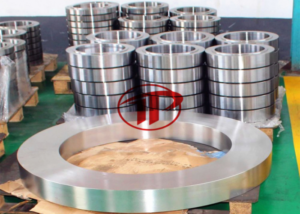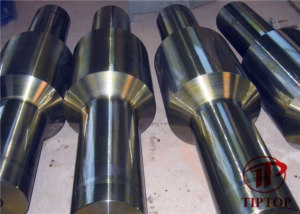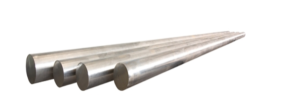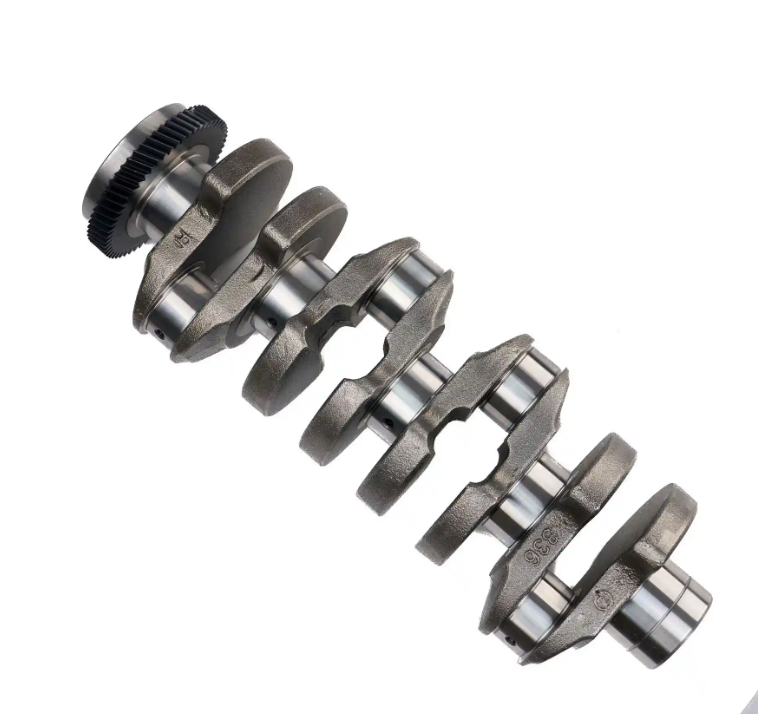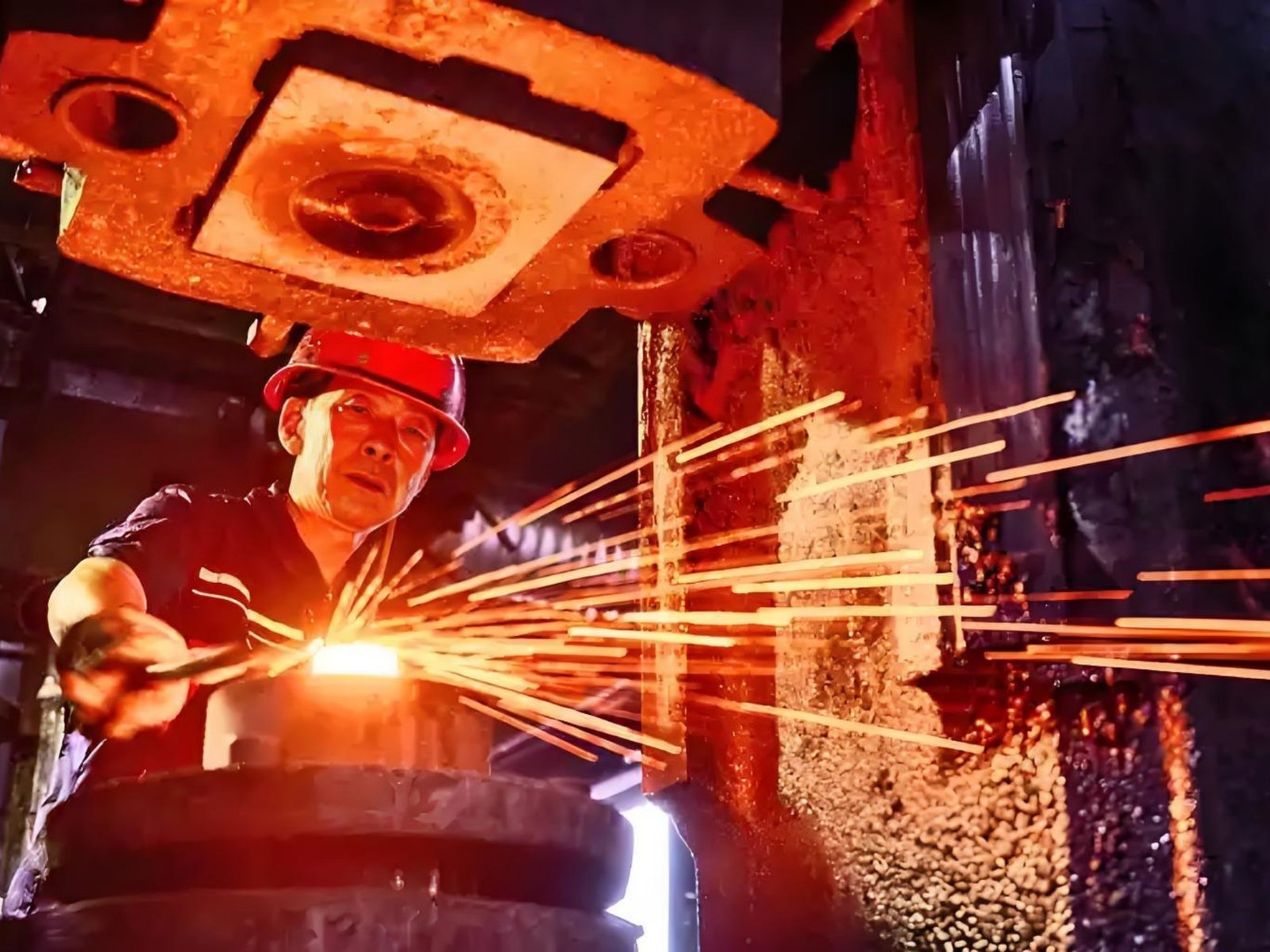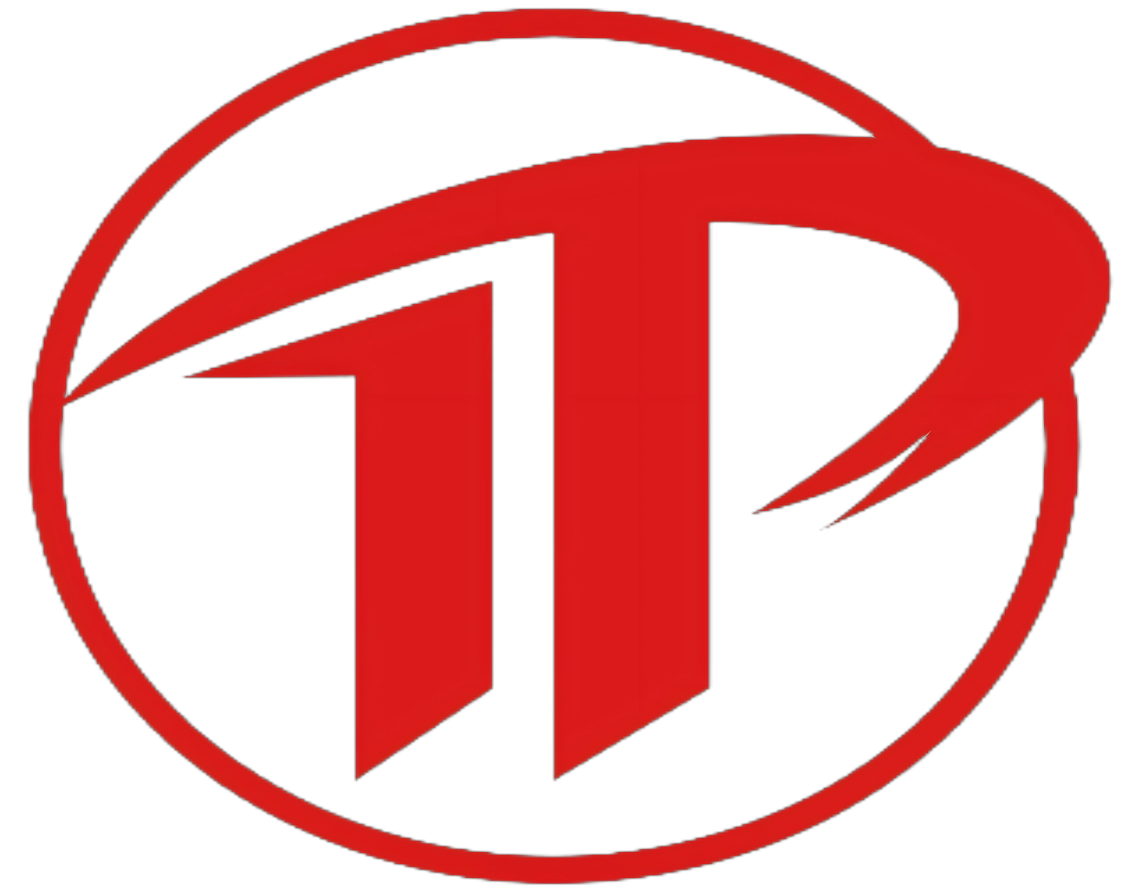What Is a Crankshaft?
A crankshaft is the central rotating thing in an inner combustion engine. It transforms the linear pressure of pistons into rotational torque, using the vehicle’s powertrain. Because it operates underneath excessive stress, fatigue cycles, and various loads, the manufacturing process, design, and specs of a crankshaft are necessary to universal engine reliability.
Forged Crankshaft vs Cast Crankshaft
When evaluating a solid crankshaft vs solid crankshaft, numerous variations stand out:
Material Integrity – A solid crankshaft has a subtle grain shape due to the forging process, ensuing in greater energy and durability. In contrast, a forged crankshaft may additionally include porosity and microstructural flaws.
Durability & Fatigue Resistance – Forged crankshafts deal with repeated stress cycles better, making them best for high-performance and heavy-duty engines. Cast variations are ample for general manufacturing engines the place masses are moderate.
Cost & Manufacturing – Cast crankshafts are more cost-effective and quicker to produce. A solid crankshaft requires extra complicated tooling and warmness treatment, elevating charges however handing over most desirable performance.
Applications – Cast crankshafts are frequent in mass-production passenger cars, whilst solid crankshafts dominate motorsport, racing, and heavy machinery.
The desire of cast vs solid crank eventually relies upon on budget, overall performance requirements, and predicted engine load.
Crankshaft Forging Process
The crankshaft forging method starts with heating a billet of metal or alloy, then urgent it into form the use of closed-die forging. This compresses the metal, aligns grain flow, and eliminates interior voids.
Steps of the crankshaft forging method include:
Heating the Billet – To reap malleability for shaping.
Forging in Dies – Multiple tiers of hammering or urgent refine the crank geometry.
Trimming & Machining – Removing extra fabric and machining journals to unique tolerances.
Heat Treatment – Stress relieving, quenching, and tempering for energy and toughness.
Surface Hardening – Induction hardening or nitriding improves put on resistance.
This managed method ensures that a cast crankshaft achieves optimum overall performance in traumatic conditions.
Design of Forged Crankshaft
The plan of solid crankshaft need to stability strength, weight, and geometry. Critical elements include:
Journal Sizes & Fillets – Larger radii limit stress concentrations.
Counterweights – Optimize engine stability and decrease vibration.
Oil Passages – Ensure environment friendly lubrication.
Geometry Optimization – Forged crankshafts permit thinner webs and smaller diameters besides compromising strength.
A cautiously engineered plan of cast crankshaft can appreciably enhance efficiency, decrease engine mass, and prolong carrier life.
Forged Crankshaft Specifications
Typical solid crankshaft specs include:
Material Grade – Common alloys like 4340 metal for excessive strength.
Hardness – Achieved thru floor hardening and warmness treatment.
Tensile Strength – Often exceeding 850 MPa in high-performance cranks.
Fatigue Life – Superior to forged cranks due to grain alignment.
Dimensional Tolerance – Journals, fillets, and oil holes held to tight tolerances for precision fit.
Meeting these solid crankshaft specifications ensures sturdiness below intense stipulations such as racing or heavy equipment operation.
Forged Crankshaft Benefits
The solid crankshaft advantages make it vital in overall performance and industrial engines:
Superior Strength – Withstands greater torque and RPM.
Fatigue Resistance – Essential for engines below cyclic loads.
Reduced Failure Risk – Lower danger of cracks or fractures.
Performance Optimization – Enables lighter, greater compact design.
Extended Service Life – Lower protection and longer reliability in contrast to forged cranks.
These solid crankshaft advantages give an explanation for why they are the desire for annoying environments.
Performance Benefits Forged Crankshaft
In motorsports and heavy-duty applications, the overall performance advantages solid crankshaft are especially evident:
Handles intense horsepower and torque besides distortion.
Improves throttle response due to lighter mass.
Enhances high-RPM steadiness and balance.
Provides reliability in staying power racing or industrial obligation cycles.
The overall performance advantages cast crankshaft justify the greater preliminary cost, as they make certain higher long-term fee and engine safety.
Conclusion: Forged vs Cast Crank
When evaluating cast vs forged crank, the forged choice stands out for strength, durability, and long-term performance. While a cast crankshaft may additionally be appropriate for budget-friendly, standard-duty engines, a cast crankshaft stays the gold widespread for racing, aerospace, and heavy industrial applications.
By grasp the crankshaft forging process, reviewing the format of forged crankshaft, and following the proper forged crankshaft specifications, engineers and consumers can release the most forged crankshaft advantages and make sure their engines supply dependable electricity below the hardest prerequisites

